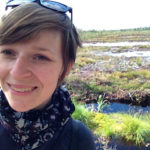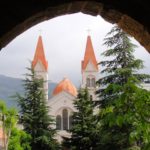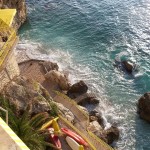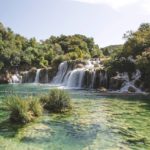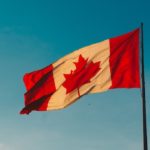The Gift of Hitchhiking in the Baltics
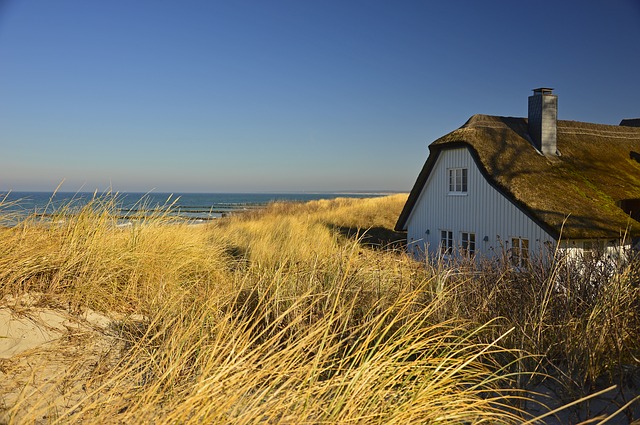
“Kuhu peate minema?” a voice from behind the half-open car doors asks. With my average (to say the least) Estonian, I figure out the driver is asking me where I am heading. To be honest, I would happily take any safe ride just to get closer to the border of my homeland, Latvia. I answer Riga, although this is the last place I want to spend my summer holiday, when the countryside in Estonia and Latvia is in full bloom. I am solo hitchhiking in the Baltics.
Just a few hours earlier, I had tucked my sleeping hammock in a vintage military backpack and gone swimming on one of the Estonian islands, Kihnu. In the north-eastern corner of Europe, one of the Baltic states, Estonia is recognized as a home of e-governance and the birthplace of Skype. It was also my home for a couple of years during university. In fact, it’s also within arm’s length of Riga, the capital of Latvia. Travelling here I feel as though I’m rediscovering what’s been so close but out of reach for years.
Estonia is proud of its nature, and it has good reason to be. Island hopping is especially fun here, and wild bears come out from forests in the autumn. It’s hard not to believe in fairytales when visiting an island where old ladies in red woolen skirts and flowered neckerchiefs ride around on bikes. Traveling here feels like a real summer.
It is a gift to explore one’s homeland. After travelling all around Europe, it is certainly a pleasure to return home, speak the language and get to know people around the countryside while hitchhiking in the Baltics.
That’s the way islanders live: in a way that looks like it belongs in a museum. From food to songs, dress to transportation. In the morning, men go out to sea to check their fishing nets; in the evenings, locals gather in the main shop, gossiping over a bottle of Estonian Saku beer. The fresh air seems to give them energy.
The car makes a sharp turn to the right and we go from the main Via Baltica to a smaller one. The old road from Parnu, the summer capital of Estonia, where the ferry from Kihnu Island arrives, is truly picturesque. From time to time you can see the blue Baltic Sea, with white waves crashing into white foam. We pass the sign to Kabli. I am envious of those who will travel here in October, when birds migrate. Visitors can help ornithologists document the birds.
Bringing me back from my memories, my driver turns up the radio. I ask him about himself, and he suggests he is always on the road, drifting through life. He is heading to his country house close to the border, and wanted someone to keep him company on the drive. It’s noticeable how few hitchhikers there are on the roads in the Baltic countries. Despite being a very woman-friendly region, it’s definitely not common for women to take advantage of this free mode of transportation by hitchhiking in the Baltics. Summer is probably the only time of the year when you can rely on the weather enough to hitchhike though, and not freeze while waiting for a ride.
The Gift of Hitchhiking in the Baltics.
The trip ends quite quickly and I’m left close the border crossing, looking for another ride. While stopping for some provisions I stumble upon a group of friends driving further into Latvia, and jump in with them.
After travelling all around Europe, it is certainly a pleasure to return home, speak the language and get to know people around the countryside while hitchhiking in the Baltics. It is a pleasure to open my eyes under water when diving in the Baltic Sea in Saulkrasti, and to watch the red sun setting, then rise again after just a couple of hours. It is refreshing to go to places I had never been to. To sleep on a white sandy beach and not see anybody else around.
To pick blueberries while heading home from the beach. To eat the traditional boletus soup and celebrate the slowly-approaching autumn. To see birds gathering in the Pape Nature Reserve. It is a gift to explore one’s homeland.
Photo for The Gift of Hitchhiking in the Baltics by Pixabay.

